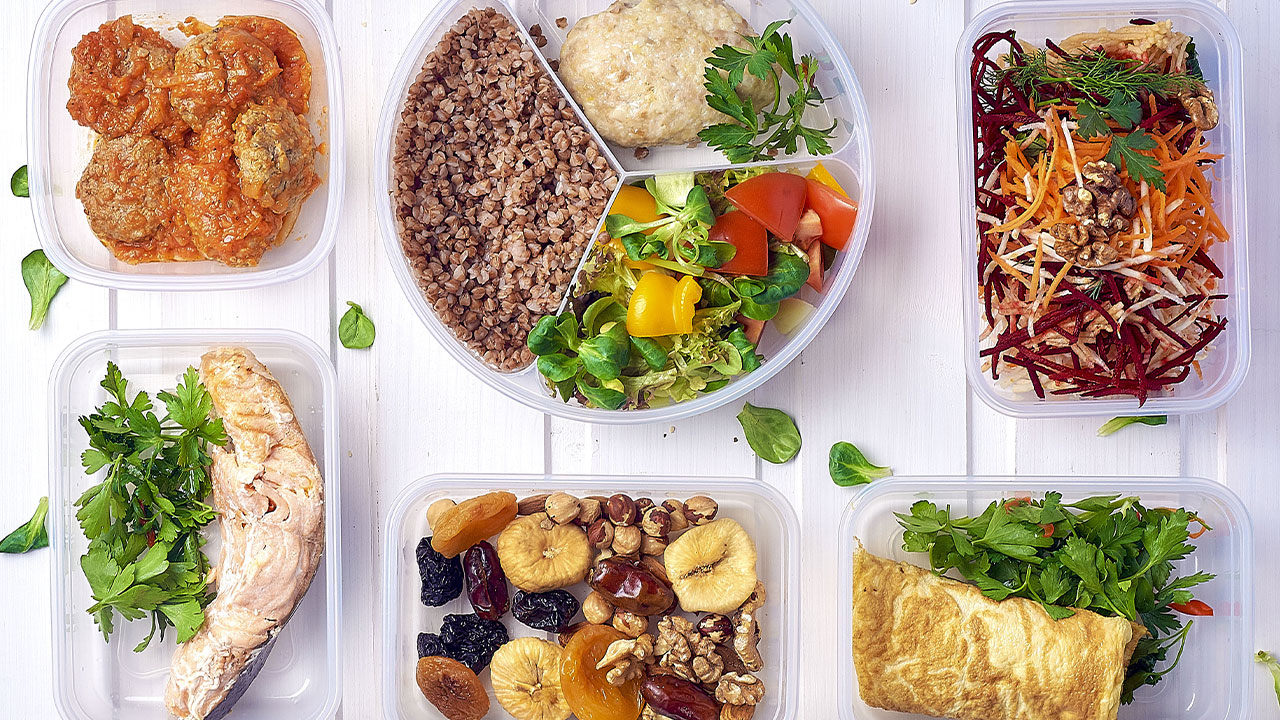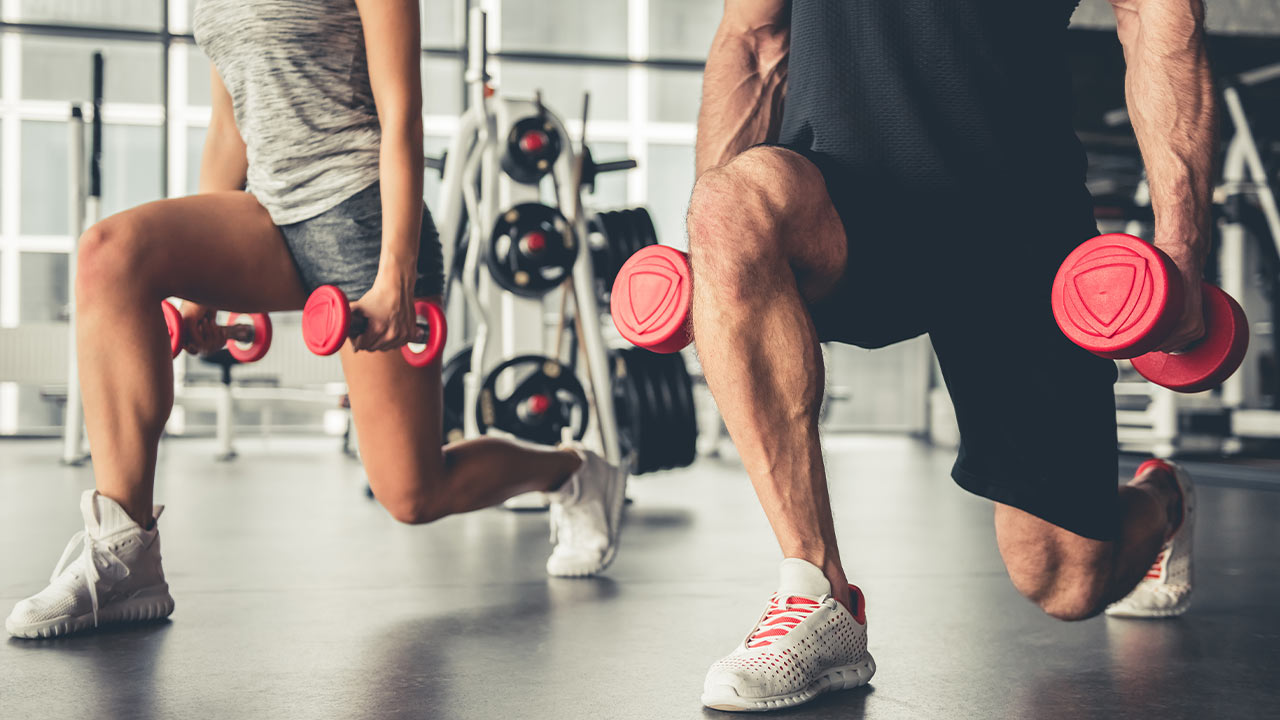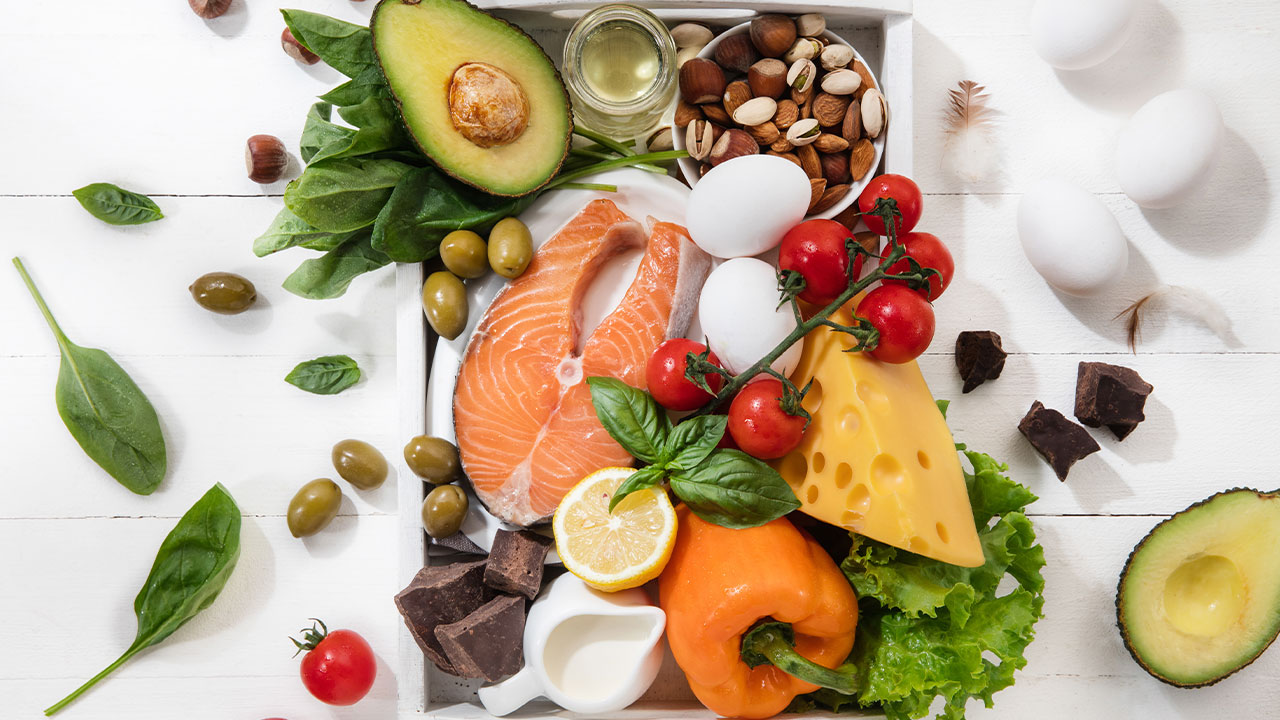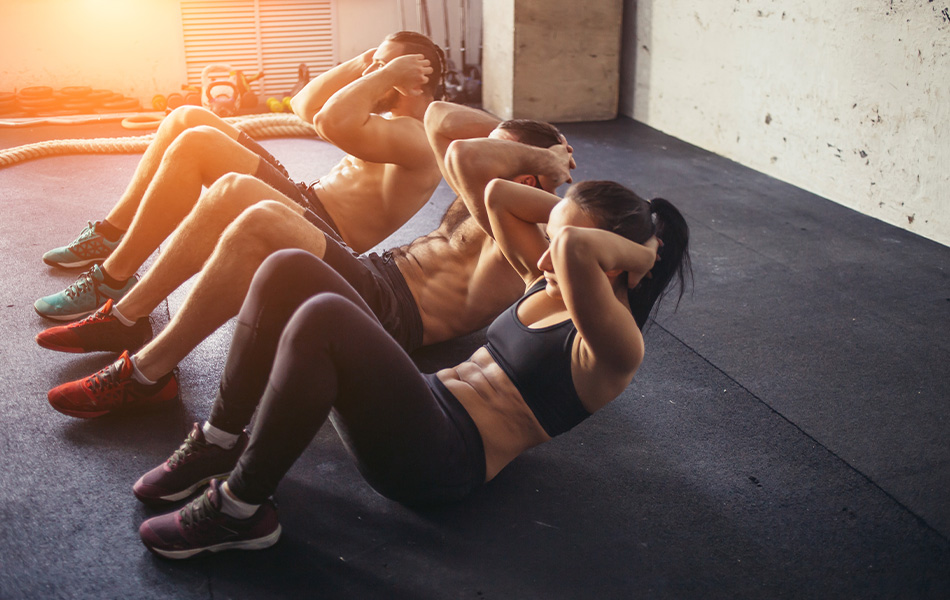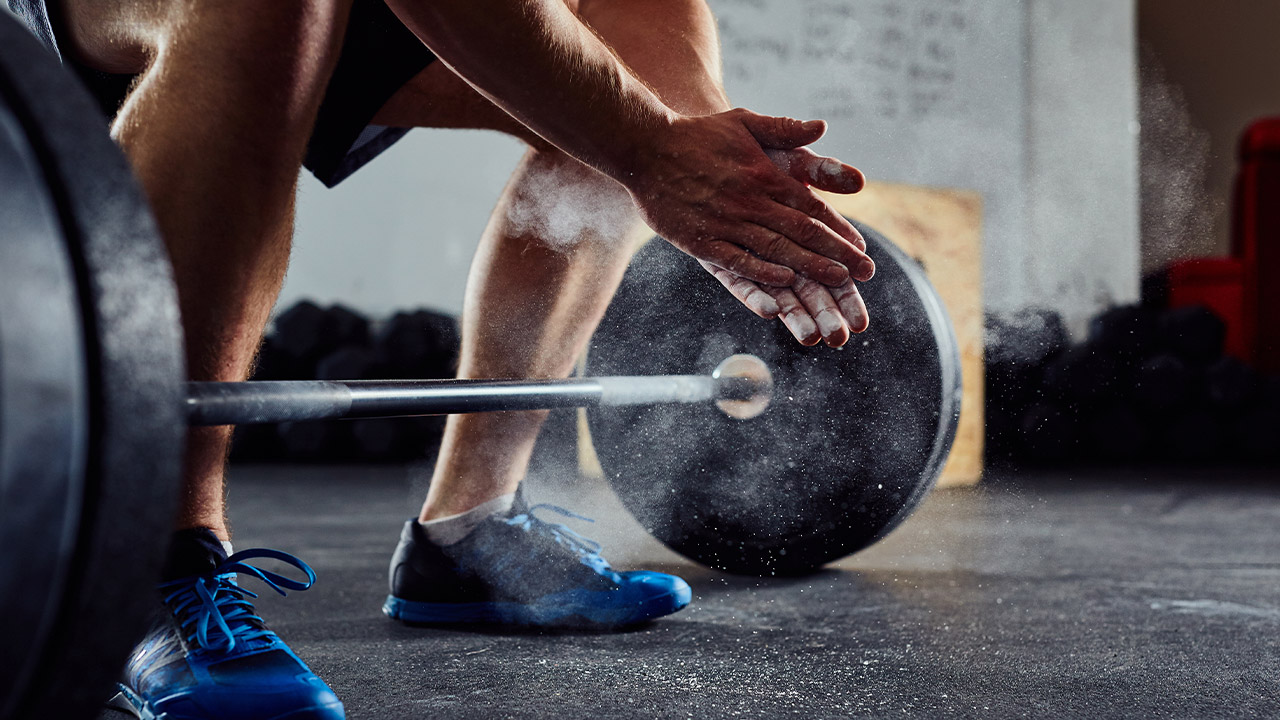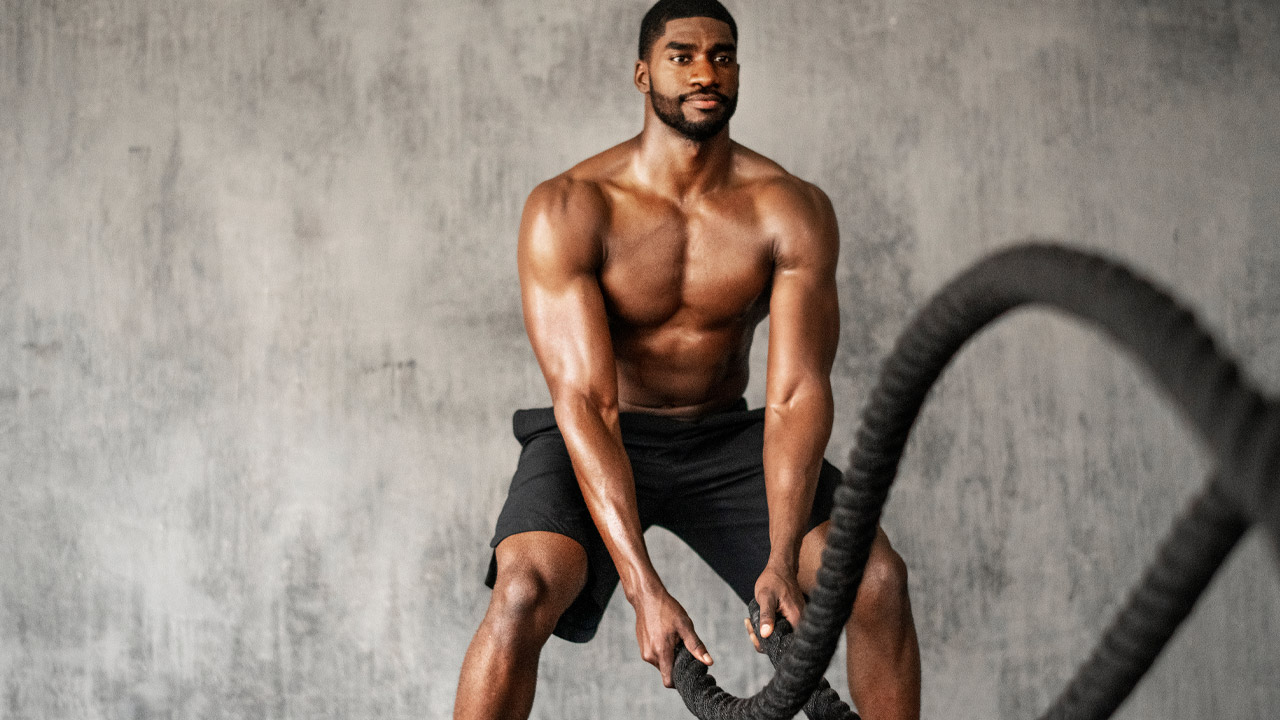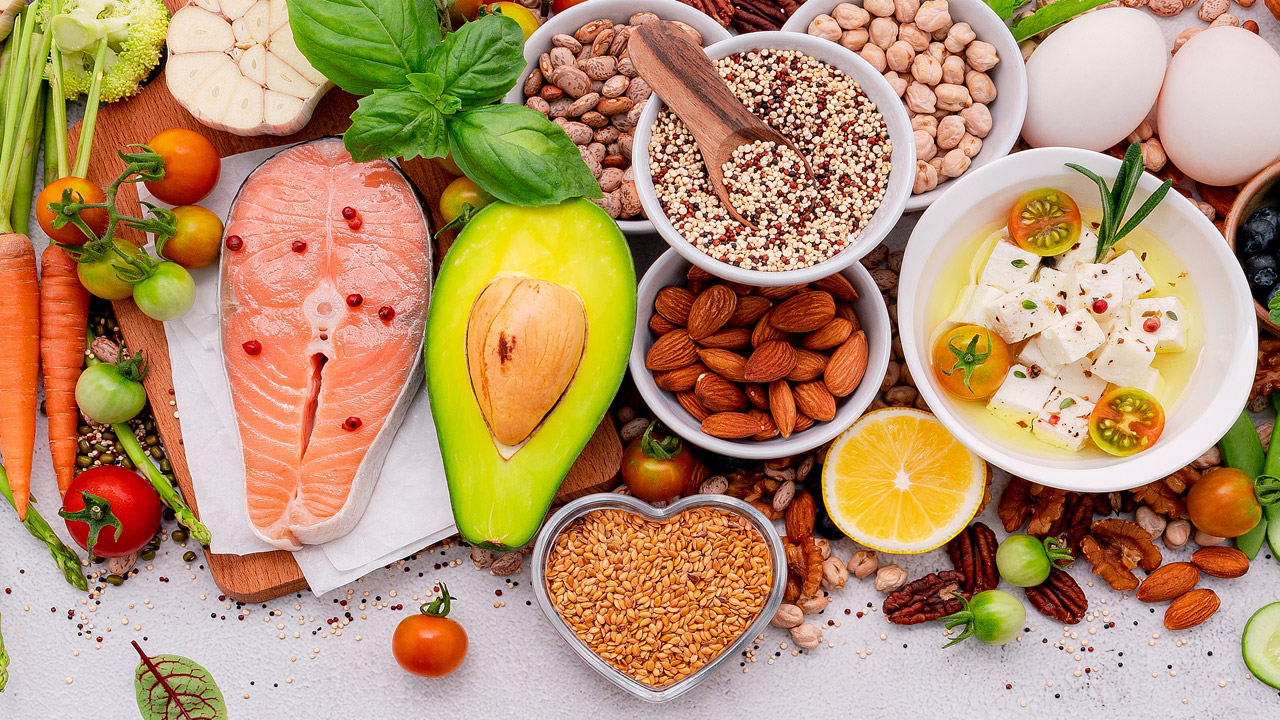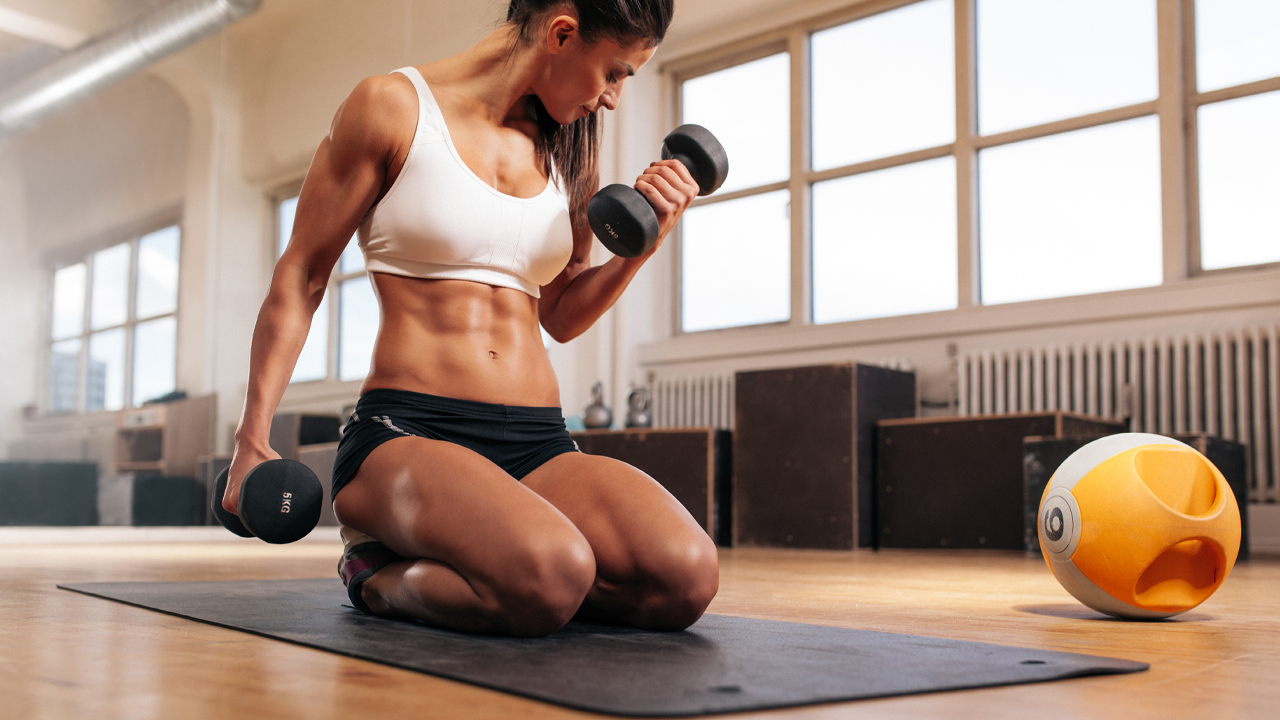Wearable Technology: How It’s Changing the Fitness Game

Hey Angels and Alphas,
The world of fitness is constantly evolving, and the latest trend is wearable technology. From smartwatches to fitness trackers, more and more people are using these devices to track their performance, track their nutrition, and measure their progress.
In this blog post, we’ll explore how wearable technology is changing the fitness game, and how it can help you reach your fitness goals faster.
The rise of fitness trackers
In recent years, the fitness world has been revolutionized by the rise of wearable technology. Fitness trackers are designed to track your daily activities, from heart rate and steps taken to calories burned and sleep patterns. These devices are meant to provide users with a comprehensive look at their overall health and fitness levels.
Fitness trackers come in all shapes and sizes, from smartwatches to wristbands and even earbuds. Whether you’re looking for a device that provides basic tracking or more advanced features, there is something out there for everyone. Not only do these trackers provide you with valuable data about your activity levels, but they also help motivate you to reach your goals.
With the growing trend of fitness trackers, it’s becoming easier and more affordable than ever before to get an accurate picture of your daily activities. And with the help of these devices, you can learn more about yourself and make changes to improve your fitness level. So if you’re looking for a way to stay motivated and on track with your fitness goals, fitness trackers are the perfect tool for you.
How is wearable technology changing the fitness landscape
Wearable technology is one of the most exciting developments in recent years, and it’s revolutionizing the fitness industry. Wearable technology is defined as any electronic device or product that can be worn on the body, including devices like fitness trackers and smartwatches.
These gadgets are allowing fitness enthusiasts to track their progress more accurately than ever before, allowing them to take control of their own fitness journey and truly reach their goals. For example, many devices now offer features such as heart rate monitoring, calorie tracking, sleep tracking and activity tracking, all in real-time. This helps users keep an eye on their progress and make any necessary adjustments along the way.
Additionally, wearable technology is encouraging people to get active. Many devices offer rewards for meeting goals or completing specific activities, which encourages people to stay motivated. The combination of real-time data and reward systems is helping people make better decisions about their health, leading to long-term lifestyle changes.
Finally, wearable technology is making it easier for people to stay connected with their friends and family during workouts. Many devices offer built-in messaging and social media platforms, which allow users to share their successes with their networks. This further encourages users to stay on track and keep up with their fitness goals.
Overall, wearable technology is transforming the fitness industry and helping people lead healthier lives. With its ability to track progress, motivate users, and connect them with their networks, wearable technology is changing the way we exercise and live our lives.
The benefits of using wearable technology to improve your fitness
Wearable technology has revolutionized the fitness industry, giving users access to unprecedented data tracking and feedback. With wearable technology, you can track your heart rate, steps taken, and calories burned – allowing you to monitor your progress and make changes to your lifestyle if needed.
Wearable technology also offers a variety of features that can help you meet your fitness goals.
For instance, you can set reminders to move throughout the day or measure specific activities, such as running or cycling, with accuracy and precision. You can even set goals and get notifications when they are achieved.
Wearable technology also provides detailed insights into your workout routine, giving you a better understanding of your body’s responses to different types of activity. You can compare your results over time to gauge how you are improving and make sure you are meeting your objectives.
In addition, many wearables come with an app that provides personalized feedback and coaching. The app can analyze your stats to give you advice on diet and nutrition, give tips on how to stay motivated and active, and much more.
Using wearable technology to improve your fitness is an incredibly effective way to stay healthy and reach your goals. With these tools, you can track your progress, understand what works best for your body, and receive personalized guidance for reaching new heights in your fitness journey.


